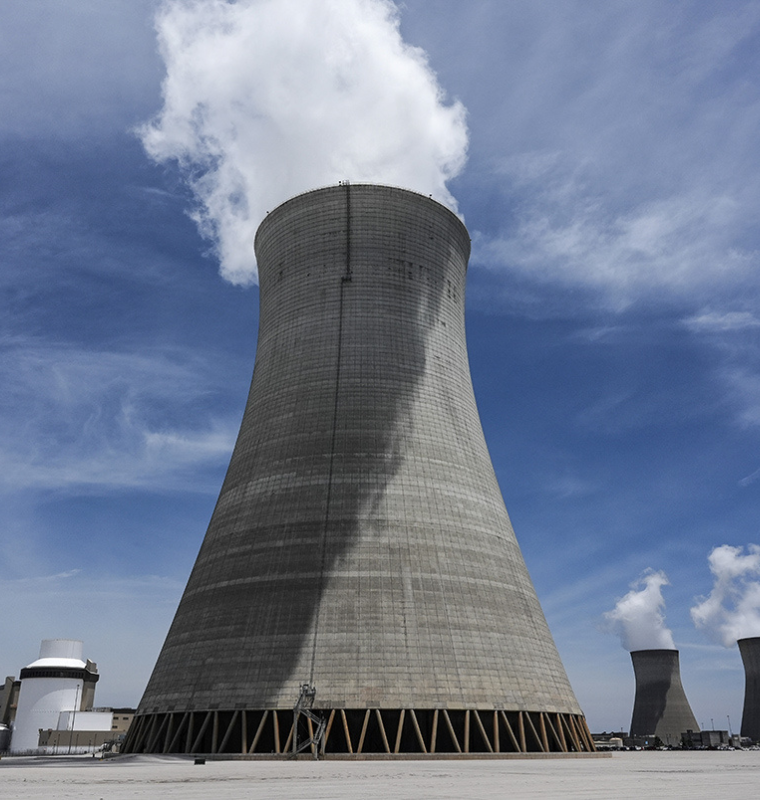Retailers Pass Tariffs to Consumers—but Amazon Raises Prices the Most
Retailers Pass Tariffs to Consumers—but Amazon Raises Prices the Most
By
Leah Rosenfeld
Last updated:
November 6, 2025
First Published:
November 6, 2025
.webp)
Photo: Forbes
Rising Costs, Rising Prices
Tariffs imposed under recent U.S. trade policy shifts are forcing retailers to absorb higher costs—or pass them along. According to a study of roughly 16,000 online SKUs each at Amazon, Target and Walmart, Amazon’s price hikes are markedly steeper. Amazon’s average price rose 12.8% through the end of September, compared with 5.5% at Target and 5.3% at Walmart.
One contributing factor is Amazon’s heavy reliance on third-party marketplace sellers, many of whom face steeper exposure to tariffs and less margin flexibility than large vertically integrated retailers.
Where the Increases Are Largest
Across product categories, the data show uneven but consistent upward pressure:
- On Amazon, apparel prices climbed 14.2%, while Target and Walmart saw smaller bumps.
- Indoor & outdoor home goods at Amazon jumped 15.3%, compared to lower increases at the others.
- Pet supplies and consumables rose 11.3% on Amazon vs. about 6% on average across retailers; health & beauty jumped 13.2% on Amazon; hardlines (electronics, furniture, appliances) were up 11.9% at Amazon.
- Meanwhile, a focused dataset of China-origin goods on Amazon showed a 2.6% rise from January through mid-June, versus about a 1% annual trend for core goods inflation—suggesting tariff pass-through is emerging.
The Why: Marketplace Dynamics & Tariff Exposure
Major retailers like Walmart and Target have greater scale, more sourcing flexibility, and can absorb or offset higher costs—either through private-label shifts, supplier negotiations, or inventory timing. Amazon’s model—with a larger share of third-party merchants—leaves many sellers vulnerable. Without scale or alternative sourcing, some pass cost increases directly to consumers.
Retailers themselves warn the situation may worsen. Some have delayed tariff cost impacts by importing earlier or pausing shipments from high-tariff countries, but say that strategy has limits.
Consumer Impact and Market Implications
For shoppers, steeper price increases mean tougher comparisons and tighter budgets. A 12–15% jump in popular categories at Amazon pushes consumers toward trade-offs—buy less, wait for discounts, or shop elsewhere. Economists note the full impact of tariffs is still unfolding as existing low-tariff inventory works its way through supply-chains.
For the market, the disparity in pricing strategies may influence consumer choices and competitive positioning. If Amazon’s higher increases drive some shoppers to value-oriented rivals, that could affect its longer-term growth in certain categories.
What to Watch
- Holiday shopping season: With price bases now higher, retailers may face weaker demand or pressure to discount.
- Tariff developments: New or larger tariffs could trigger another round of price increases or sourcing shifts.
- Consumer reaction: Will shoppers migrate to lower-cost platforms or curtail discretionary spending?
- Retailer disclosures: Upcoming earnings for major merchants may shed light on margin compression, inventory risks and pricing strategy updates.
Tariffs are more than macro headlines—they’re translating into tangible price hikes for everyday goods. Amazon’s sharper increases underscore how marketplace structures and sourcing models affect how cost pressures are distributed. For consumers, it means watching your wallet more closely; for retailers, it means balancing pricing, margin and competitive strategy in an era of elevated import costs.
Popular articles
Subscribe to unlock premium content
How Personalized VR Meditation Experiences Are Becoming a Luxury Niche

Why High-End Pet Clothing Is a Multi-Million-Dollar Trend in the Middle East

The Tiny Italian Island of Procida and Its Billion-Euro Film Tourism Boom

How Personalized VR Meditation Experiences Are Becoming a Luxury Niche

Why High-End Pet Clothing Is a Multi-Million-Dollar Trend in the Middle East

How Personalized VR Meditation Experiences Are Becoming a Luxury Niche









